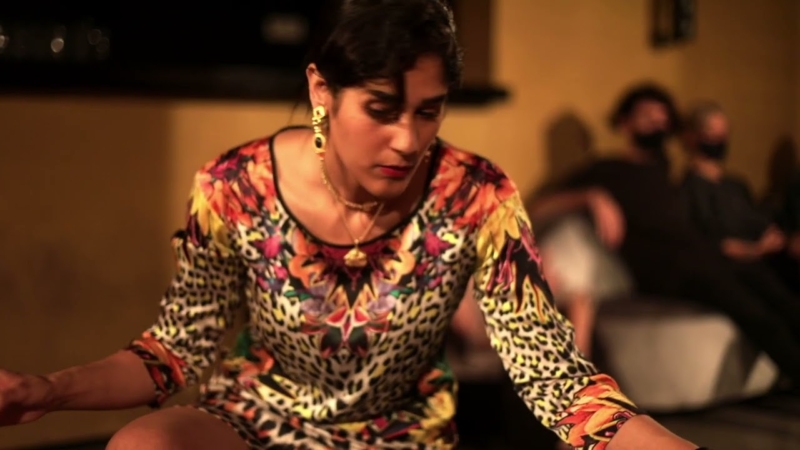READER: OTHER MUSICAL WONDERS
21.07.2025

Juliana Santacruz: Chiquero (2024) – 14′
Simon Bahr: The Mock-up Pop-up Medley (2024) – 12′
Jagoda Szmytka: sky-me, type-me for four voices and megaphones (2011) – 7′
Aya Metwalli: Salute the groom (2024) – 10′
Matthew Shlomowitz: Explorations in Polytonality and Other Musical Wonders, Volume 4 (2023) – 15′
4tet Laboratoire:
Romane Bouffioux (Percussion)
Corentin Barro (Drums)
Lis Marti (Tasteninstrumente / Keys)
Audrey Mützenberg (Tasteninstrumente / Keys)
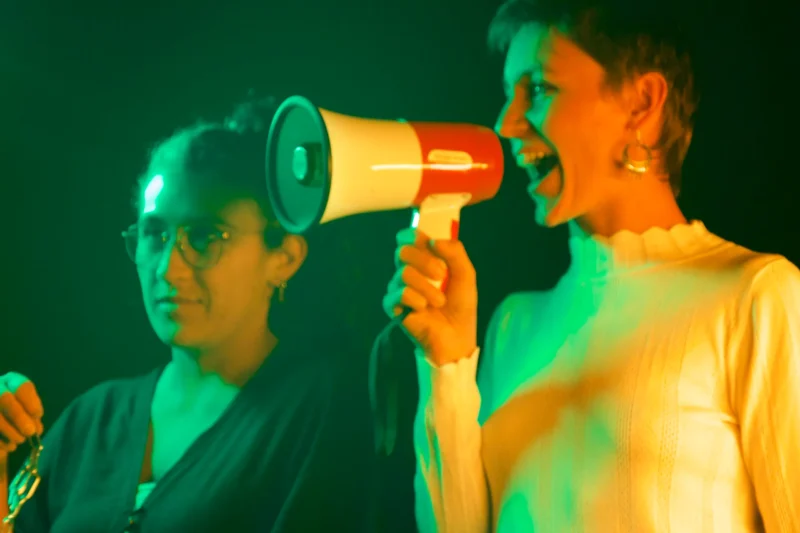
CHIQUERO
Where I come from, a chiquero is a word we use to describe a place where lots of things pile up with no real sense of order. It’s a messy space. It could be a closet, a room — or, in this case, this piece for quartet.
This piece is exactly that: a collection of different ideas thrown together without any clear structure or logic. When I wrote it, my goal was just that — to try and shape and organize a bunch of musical and sonic ideas I had been storing for a while, ideas that at first didn’t seem like they could coexist in the same space.
For this piece, I explored different materials and sounds, used unconventional instruments, grooves and rhythms I grew up with (which I tried to break apart), metric layering, and more. All of that came together to create this piece: Chiquero.
Juliana Santacruz
Romane Bouffioux | see the interview on instagram.com/imd_darmstadt/It's between drone and funk.
THE MOCK-UP POP-UP MEDLEY
The Mock-Up Pop-Up Medley is composed of five songs that – to a large extent – don’t exist: I’ve recorded only a tiny section of each, leaving the rest up to our imaginations. These little mock-ups are played back, listened to, reproduced, interrupted, reduced, extended, taken apart, layered, continued, accompanied, re-imagined, re-mixed, went along with, questioned, left unnoticed, outdone and overcome by the members of 4tet Laboratory. Exciiiting!
Simon Bahr
Romane Bouffioux | see the interview on instagram.com/imd_darmstadt/Because we have these two keyboards, it gives so much possibilities if you use it as keyboard sampler. The challenge of this instrumentation is how to mix acoustic and electronic. We really worked on how to split or melt everything – that the piano isn't coming from the PA and the percussion instruments from the stage, but that it really sounds like a full band.
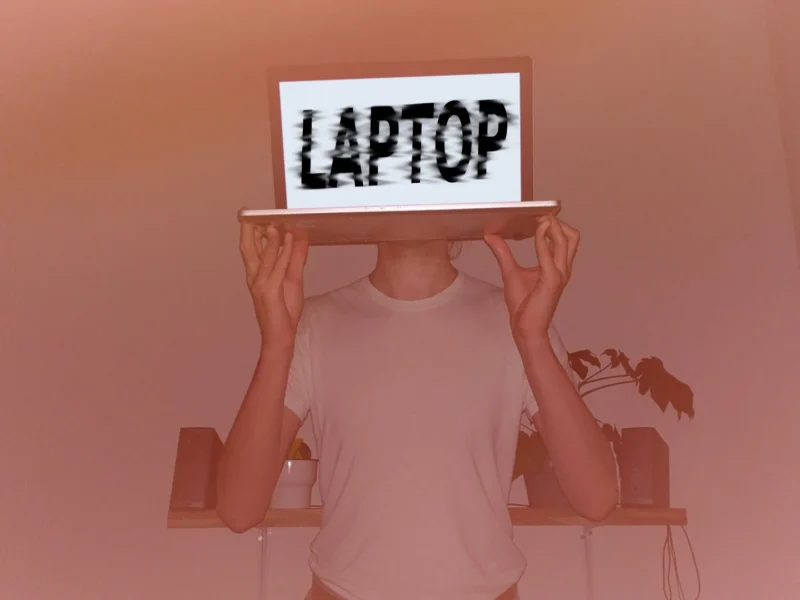
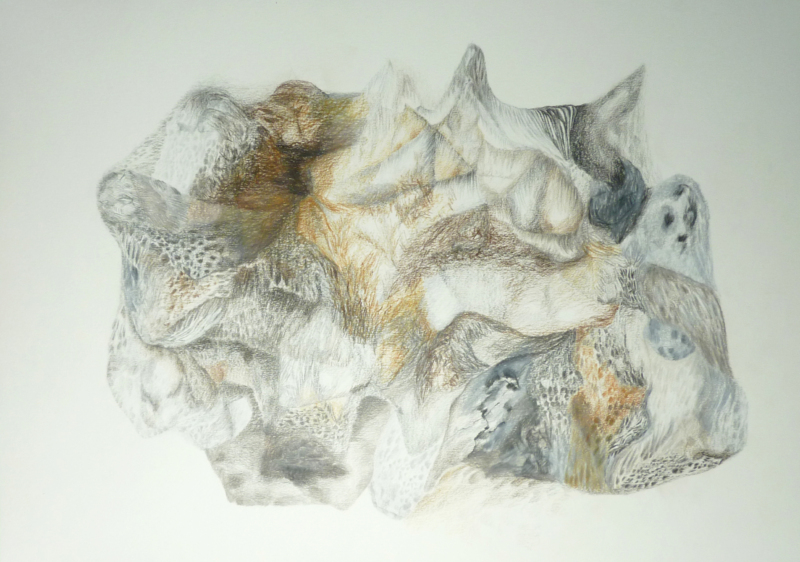
SKY-ME, TYPE-ME
What happens when a connection fails? The non-stopping desire to call, the uncontrollable dialling of (wrong) numbers, the typing, the messaging (to whom?). Why is it difficult to admit defeat? Four communicators, four microphones, four mouths and four individuals, and all of them are misunderstanding each other.
The piece explores various modes of the presence of voice: different stages of separation from its owner, the singer. Symptoms of alienation from one’s voice may appear as an imitative use of voice, as voice deformation or grotesque interjections. Private messages come back to choke up the throat of their sender because of the lack of a recipient or only remain a tattered text consuming the voices out of the excess of meaning.
Only redemption: to reach the beauty of mumbling.
Jagoda Szmytka
Romane Bouffioux | see the interview on instagram.com/imd_darmstadt/We play a piece from Yagoda Szmytka that is an older piece, that we added to the program because there is not so much music for this instrumentation and it is very interesting to find music for us.
ABOUT SKY-ME, TYPE-ME
Whereas the megaphones used in Das rote Sprachrohr [a piece by Yun Ingrid Lee] need a microphone that is integrated into the megaphone itself, for her piece sky-me, type-me Jagoda Szmytka asks for megaphones with external microphones. The piece is composed for four singers and four megaphones. In the score, many different forms of megaphone playing are notated. The distance between the mouth and the microphone of the megaphone is notated precisely. Also, Jagoda is using different kinds of playing for the microphone itself. The microphone is tapped, covered by a hand, and the hand is used as a filter for the sound of the microphone.
Another important element of the piece is the noise produced by switching the megaphones on and off, and of course the voices of the performers themselves. As the title already suggests, the piece is about contemporary forms of communication, such as skype, zoom, text messages, and all kinds of other forms of non-face-to-face communication. What is sounding during the piece seems to be all the odds and ends during these conversations one usually tries to avoid. Typing sounds, long noisy breaks, broken sentences, incomprehensible utterances, inexplicable laughter, and distanced voices give me the feeling of being lost in one of the contemporary forms of audio communication. But this time I can enjoy all the failures and glitches of these forms of transmission since I only have to listen
and do not have to respond to anything. As Jagoda told me, sky-me, type-me was composed for singers and a vocal quartet gave a premiere of it. However, it turned out that each part is performable by any music performer, regardless of whether someone received voice training. This piece is from 2011, but since many of us have been corresponding online very often during the last year and a half, it might even have become more topical for many of us.
Cathy van Eck
The full article on Cathy van Eck’s blog microphonesandloudspeakers.com
Exercise Nulla b — “Down to the Bone“
A Composition Exercise
Guidelines: If composing is about making decisions — those at the material, conceptual and perceptual level — then they are equally about ‘what is’ and ‘what is not’ the compositional materiality, the compositional conceptuality and the compositional perceptivity. Even if a composer knows what should be, according to one’s compositional intention, the seed of a new composition, what should be its material basis, its structural particles, and the outcome of the realisation of the music score, it is worth putting this subject, this material and these particles to the test by the means of the ‘what should not be’ method.
Now, when you found your inner musical voice, invent a simple core idea — describe main guidelines of the concept, define basic musical material along with an idea of how it would be distributed over time, what is related to its structuring potential, and imagine its realisation in form of its performance. Take as much time as you need to grasp it verbally, and subsequently write it down in form of sentences in the language of your preference on the piece of paper. Firstly, try to describe each of these aspects in the slightest detail by recalling your thoughts as clearly as possible. Write generously describing your ideas with the words, which you find for the moment accurate. When you are ready with the first draft, read it. Then read it again a few times. Take a look at all information you included, at first for each of these aspects separately, then in comparison to each other, checking if all the levels match. Then conduct the first reduction leaving only the substance, which you find absolutely necessary to be left, asking yourself, if that is what you really want, and if that would really function, as you think. Notate on the side of the page, what you decided to abandon and why. Afterwards, repeat the process of recalling ideas, inquiring, reducing and rewriting the first draft, until there is left exclusively this, what matters to you from the perspective of your compositional interests, and what is functional from a craft point of view.
Requirements: Pencil, several sheets of paper, chair, table, silent and peaceful room.
The composition exercises are part of Jagoda Szmytka’s dissertation project at mdw in Vienna.
SALUTE THE GROOM
There is a thin line between euphoria and insanity. We are dancing on that edge. Salute the Groom is essentially a pop song on speed performed at an Egyptian wedding reception where the police crashes the party and the groom hasn’t arrived yet because he is stuck in a traffic jam.
Aya Metwalli
Romane Bouffioux | see the interview on instagram.com/imd_darmstadt/It has this pop groove thing, but still being in not quite in tune with interesting harmonies. So we thought it could fit nicely into the mix.
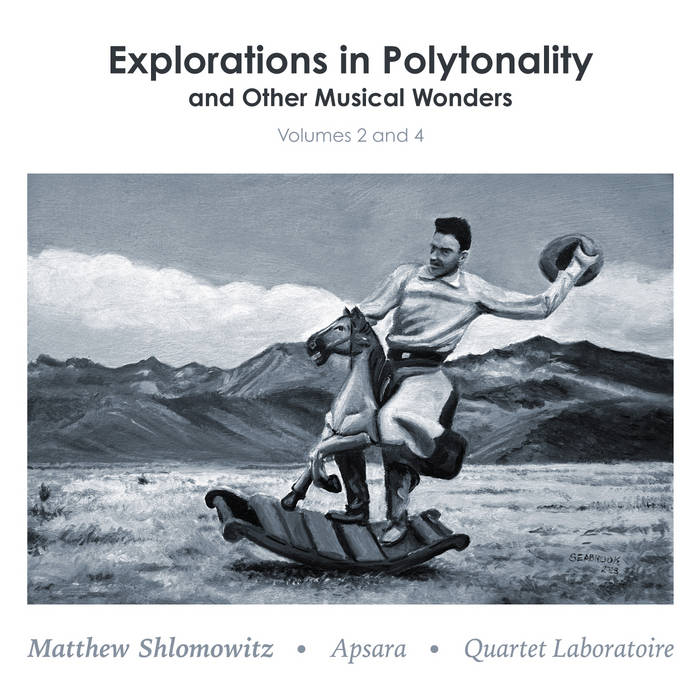
EXPLORATIONS IN POLYTONALITY AND OTHER MUSICAL WONDERS
Volume 4
Each volume in the series features a suite of pieces. Each piece seeks new possibility in historical techniques (e.g. hemiola), textures (e.g. organum), classic chord progressions (e.g. I-vi-IV-V) , and forms (e.g. rondo), with particular focus on approaches out of circulation within contemporary music making. Volume 4 was written for Quartet Laboratoire and commissioned by Hochschule der Künste Bern. It has 5 movements:
- 8-bit gliss
- Anticipatory funk
- Atonal shuttle
- Hetero ballad
- Lofi not to study to
Matthew Shlomowitz
Romane Bouffioux | see the interview on instagram.com/imd_darmstadt/Now we started to know the piece very well and we can go a bit more out of the score, that is a little bit complex. We can pass this complexity to get more in the pop-feeling and just play the songs. Because it's a piece with five songs and could be an EP.

